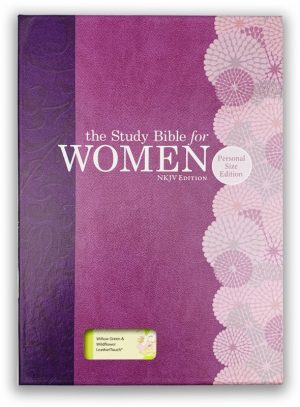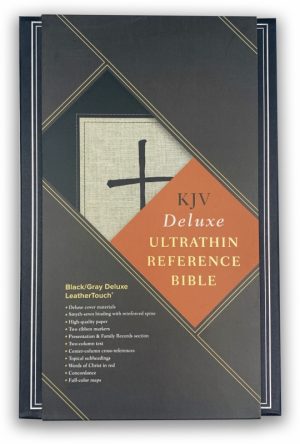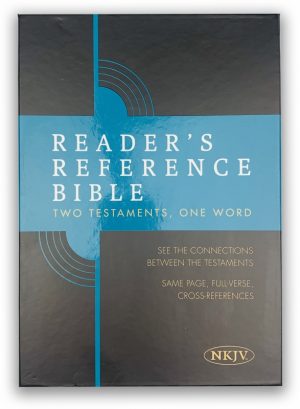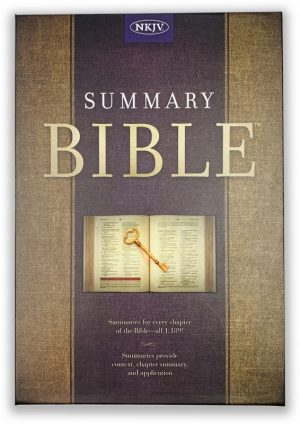10+ Ways to Find the Perfect Bible for You
Nathan Pollard-Fraser2022-09-14T12:26:40+01:00The Bible is one of the most widely read books in the world, with many different translations available for purchase and download. But finding the perfect Bible for you can be a challenge given all the options out there. That’s why it helps to know how to identify what’s important when choosing a specific Bible translation. There are so many different types of Bibles available that finding the right one can seem overwhelming at first. There are numerous factors to consider when picking which copy of the holy book is right for you. Thankfully, there are also plenty of great places to find information on all these things and more! Keep reading to see some great tips on how you can find your perfect Bible today!
Know the different types of Bibles and their differences
There are many different types of Bibles available. From the size of the print to the translation and publisher, these books come in all different forms. The size of the Bible you choose will undoubtedly have an impact on which translation is best for you. The different translation types can also be important for certain people, depending on the language you are most comfortable reading. Some of the most common Bible translation types include: – The King James Version (KJV) – This translation dates back to the 17th century. While this version is still in use today, it does not translate the Bible word-for-word as many newer translations do. Instead, this version closely follows the original language used in the Bible. – New International Version (NIV) – First published in the 1970s, this translation is one of the most popular Bibles available today. It’s often used in churches and schools due to its accuracy and easy-to-read language. – New Revised Standard Version (NRSV) – This translation was first released in 1989 and is often used by academics and scholars. It uses modern language while still keeping the meaning of the original text intact. – New American Bible (NAB) – This translation is used by the Catholic Church and was first published in 1970. While this translation is word-for-word, it is often written in formal language.
What’s most important when picking a translation?
There are many factors to take into consideration when picking a Bible translation. But the most important thing to consider is what you need most from the translation. Being picky about your Bible isn’t a bad thing, it’s just being thoughtful about what you need in a Bible and knowing that different people need different things from their Bibles. If you’re looking for a translation that’s easy for children to read, a translation written in modern language may be best for your family. If you are more comfortable with a formal translation that closely follows the language of the original text, a translation like the New American Bible may be right for you. One of the other important things to consider is the size of the Bible you choose. If you’re looking for a large Bible and space isn’t an issue, you can choose a translation like the New American Bible. But if you don’t have a lot of room in your home or bag, a smaller, less formal translation like the New International Version or New Revised Standard Version may be best for you.
How to know if the translation is easy to read
If you’re new to reading the Bible, you may be wondering if the language is too difficult for you to understand. If you’re worried about whether or not you’ll be able to understand the translation, there are some things you can do to get a feel for whether or not a Bible is easy to read. – Read reviews – You can read reviews, both online and in print, to see what others think about the translation. You can also check out what others have to say about the language of the translation. – Ask a friend – You may know someone who reads the Bible regularly who can give you their thoughts on a particular translation as well. – Try reading the Bible – If you are at a bookstore or library, you can pick up different Bibles and see what feels easiest to you.
What matters most to you?
There are many things you can look at when picking the perfect Bible for you. You can consider the translation, size, and publisher of the Bible. But you should also think about what matters most to you in a Bible. The following are a few things you may want to consider when picking a Bible to call your own. – The size of the Bible – If you want a large Bible or one that’s meant to be held in one hand, you can find Bibles that fit the bill. Smaller Bibles can only be held in two hands or fit in a bag or purse very easily. – The translation – If you want a Bible that closely follows the original text or is word-for-word, you can find these types of translations. Formal translations that closely follow the original text can be used in a variety of settings, like at school or at work. – The publisher – If you want a Bible published by a specific publishing company, you can choose from many different options.
Check out the publisher and see what’s included in the Bible
When picking a Bible, you can also consider the publisher of the Bible and what’s included in the Bible you choose. Some publishers are more well-known than others, so you may want to consider which publishing companies you trust. Many publishers include things like maps, footnotes, and indices in their Bibles, making them more useful and more helpful than just the text of the Bible. If you have any specific goals in mind for your Bible, you can use the publisher to help you narrow down your choices. You can also check out the publisher to see if they have Bibles with the translation you want. If you want a Catholic Bible, for example, you can choose a Bible published by a Catholic publishing company.













